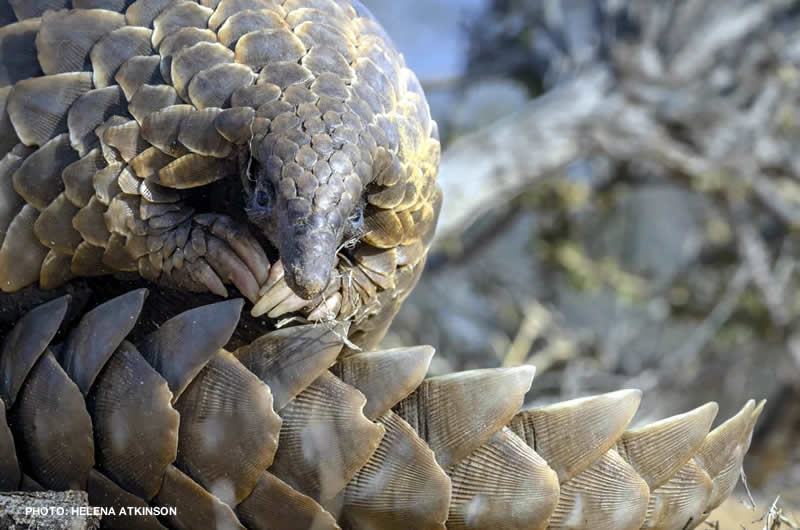The rugged landscapes of the Northern Cape offer refuge for the endangered pangolin, which faces dire threats from illegal trafficking and habitat loss. Despite their ancient lineage dating back 80 million years, pangolins are among the most trafficked species globally. Their decline is driven by misguided beliefs and demand for their meat.
Threat of electrocution
While Africa is home to four pangolin species, we find the Temmink’s pangolin in South Africa. Here the threat of electrocution on electrified fencing and habitat loss further endangers their survival.
During a recent field trip, I had the privilege of participating in the release of a rehabilitated pangolin rescued from the illegal wildlife trade. This female had progressed to the advanced stages of rehabilitation – confidently foraging for food, sustaining her weight, and engaging in necessary behaviour for survival. Her condition on arrival at the small rehabilitation centre a few months prior was in stark contrast. Then, she was weak, dehydrated, traumatised, and disoriented from captivity. She required intensive care in order to recover. Credit is due to the dedicated efforts of Machel Van Niekerk and her rehabilitation team, who tirelessly provided her with the necessary care and support.
Rehabilitation to re-wilding
Witnessing her roam freely in the darkness, under the watchful eyes of the stewards, as she feeds on ants and termites, is a testament to their commitment and care.
Joining a release team is always a privilege. Careful site selection ensures safety from poaching and tries to minimise other threats. After protocols are established, the tagged pangolin is released into the chosen environment and monitored through satellite and telemetry tracking. This soft release phase
demands meticulous care and collaboration among teams. Once self-sustaining behaviour is observed, the pangolin undergoes a hard release, completing rehabilitation to re-wilding. Tracking tags are removed and a final weigh-in is done before the rehabilitated pangolin takes her first steps back into a wilderness environment as a free-roaming animal.
Their journey from the duress of capture or injury to health and readiness for re-wilding is truly inspiring.
By Mike Denison
WESSA Pangolin Programme Manager

